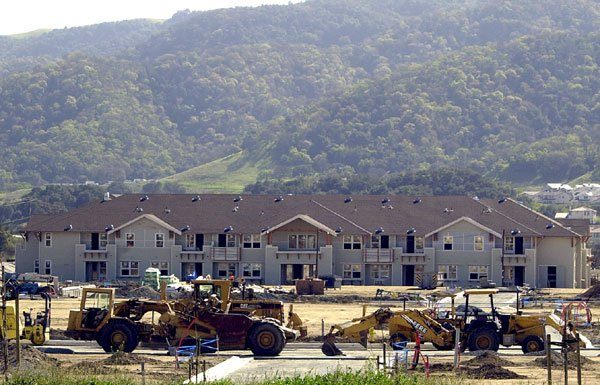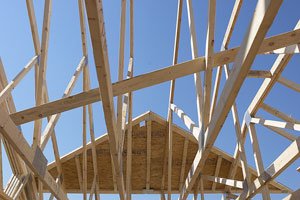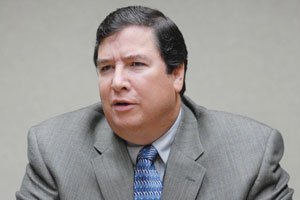City goofs on fence fines
A former developer fined more than $45,000 by the City of Gilroy stemming from an out-of-code barbed wire fence he built after suffering a brutal beating at his home in 2008 will only pay a fraction of that because the city misread its own municipal code and incorrectly charged him for a large portion of attorney fees.
$1 billion for habitat harmony
Proponents of a $1 billion, county-wide land conservation plan
Library to close for December
The Gilroy library will close Dec. 2 and reopen in January at
Voters favor term extensions
Nearly two-thirds of residents voted to extend council members
Drop off your ballot this weekend
The Santa Clara County Registrar of Voters is encouraging voters to drop off their ballots this weekend so they can get to counting the votes in time for Tuesday night.
Payments to former councilman legit
Developer James Suner says $6,500 in checks he wrote to former
City Reviews Santa Teresa Repair Plan
Work on the 1.7-mile stretch of road scheduled to wrap up last
Bus route to county buildings will be canceled unless ridership increases
The Valley Transportation Authority has said that they will cancel Community Bus Line 17 that goes from the Gilroy Transit Center on Monterey to a Santa Clara County Social Services building on Tompkins Court, unless ridership nearly doubles soon, according to a VTA memo to councilman Perry Woodward.

















